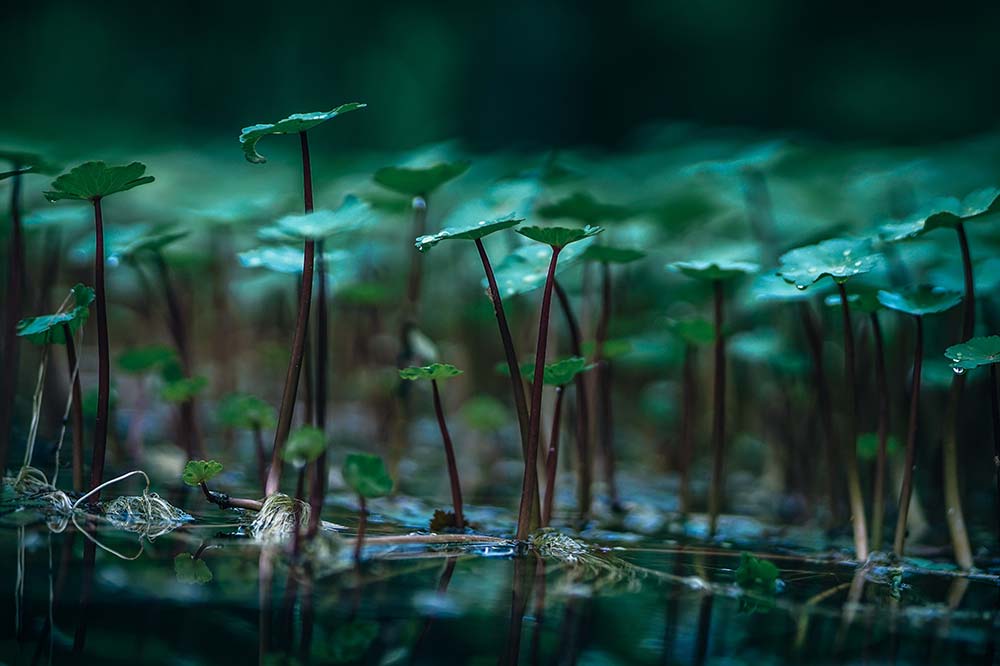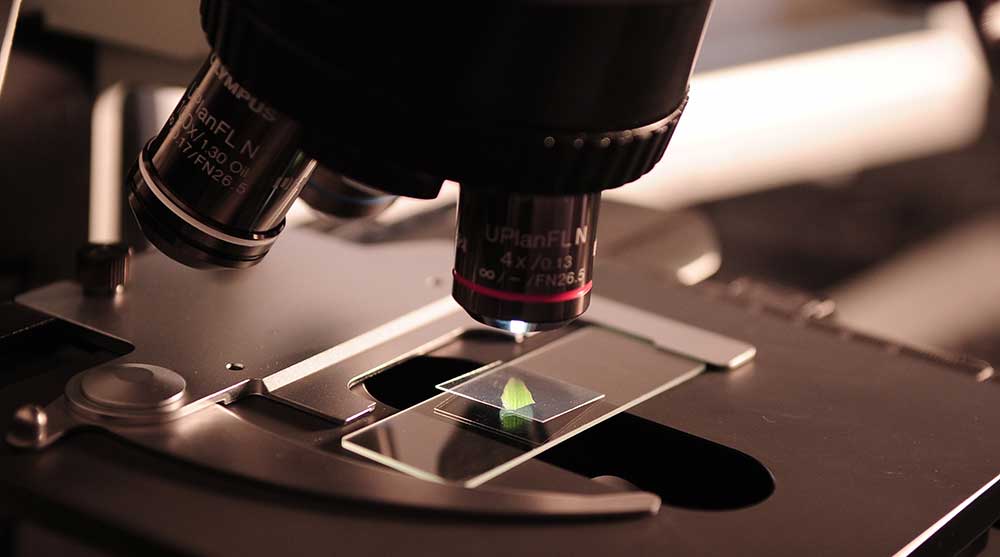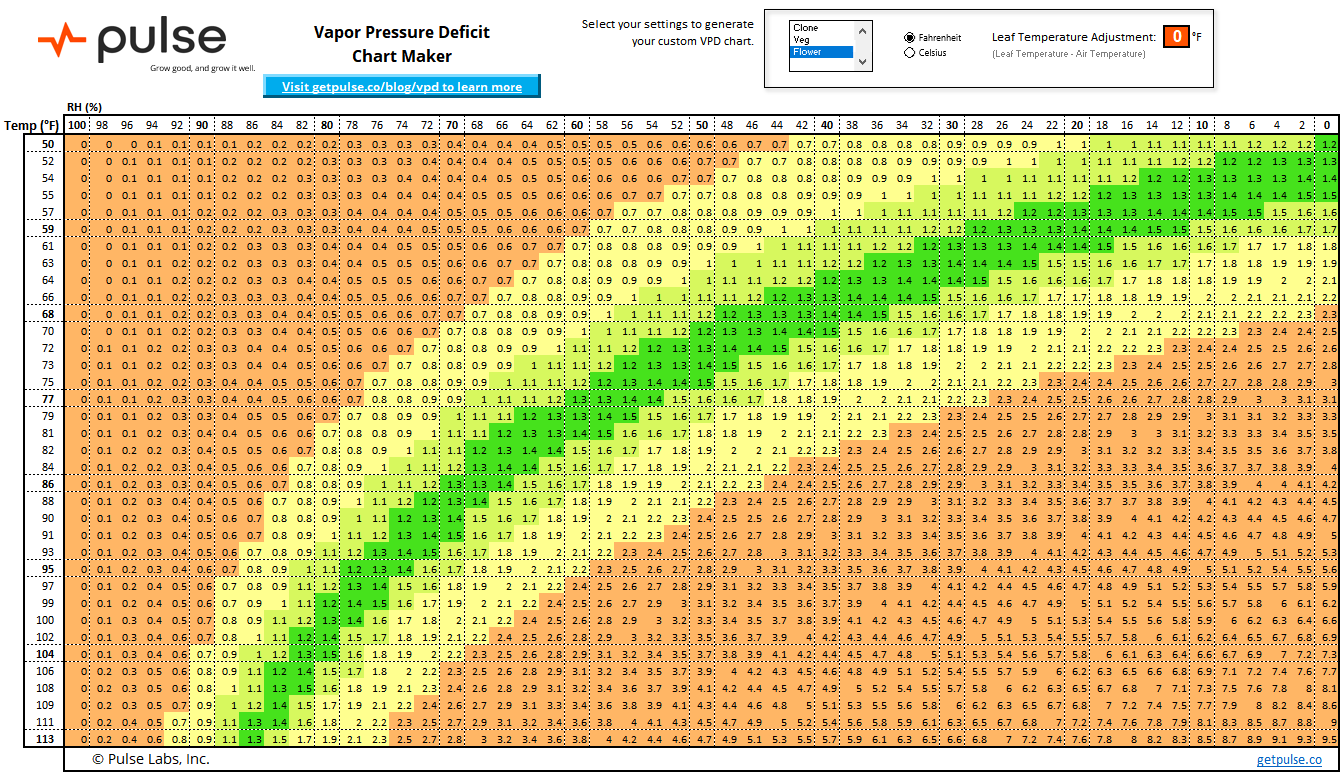Peter Koverda of Pulse Labs takes us through a step-by-step process for calculating VPD, and gives us some general rules of thumb to follow.

Disclaimer
This article was originally published on Pulse Lab's blog. If you would like to read the original article, click here.
Editor’s Note: We’ve dedicated several articles to VPD before, but we felt this article stood out because it actually tells you how to calculate VPD and apply it practically to your grow. Please let us know your thoughts in the survey below. Additionally, Pulse Labs have made a custom calculator and chart available for you to download below, so keep an eye out for that!
Many growers will tell you that mastery of your grow comes from humidity control, and they’re not wrong. But humidity means so much more than a simple relative humidity measurement -- it means planning out precise humidities that ease stress on your plants at the right time, and stress your plants at the right time.
Unfortunately, relative humidity isn’t a good tool for planning. Relative humidity does not tell you how much water is actually in the air at any given moment, nor does it tell you where the dewpoint is or how much stress your plants are actually experiencing.
VPD helps you identify the correct range of temperature and humidity to aim for in your grow space and plan accordingly. With VPD you can achieve the best results while avoiding pest and environmental problems. You can achieve much tighter control over plant transpiration rates, stomata opening, CO2 uptake, nutrient uptake, and plant stress.
If you master VPD, you truly master your environment, and become better grower.

What is VPD?
Vapor Pressure, Temperature, and Humidity
VPD stands for Vapor Pressure Deficit, but what does that actually mean?
Air is made up of many gases. Air is about 78% nitrogen, 21% oxygen, and 1% other gases. Water vapor, the gaseous form of water, is one of those other gases. The amount of water vapor in the air (expressed as pressure) is called “vapor pressure”.
Editor’s Note: Most atmospheric composition calculations don’t include water, due to significant variations in temperature between the layers of the atmosphere. On average, water vapor accounts for about 0.25% of the Earth’s atmospheric mass.
Air can only hold a certain amount of water vapor at a given temperature before it starts condensing back to liquid water (in forms such as dew or rain). The maximum amount of water vapor that air can hold at a certain temperature is called “saturation vapor pressure” or SVP.
As air gets hotter, the amount of water that the air can hold (its SVP) increases. As air cools down, the SVP decreases, meaning that the air can’t hold as much water vapor. This is why there is dew all over everything after a cool morning. The air gets too full of water, and the water condenses out. When water comes out of the air from reaching this maximum, it is called the dewpoint.
Similarly, the current actual amount of water vapor in the air is called the “actual vapor pressure” or AVP.
Some key points:
- AVP / SVP x 100 = RH%
- That’s right, RH is just the proportion of water the air is currently holding vs. its maximum capacity. That’s why it’s called “Relative” Humidity.
- The maximum the AVP can be is the current SVP.
- That means RH = 100%.
- Editor’s Note: If AVP reaches SVP, any additional moisture will precipitate out of the air.
- VPD = SVP – AVP
- VPD: How much more room there is in the air for more water vapor. It’s as simple as that. Now you get why it’s called the Vapor Pressure Deficit.

How Do You Calculate VPD?
To calculate Air VPD you just need two things: temperature and humidity. However, like any good calculation, there are a couple of steps.
How to calculate air VPD:
- Figure out the SVP
- SVP = 610.78 x e(T / (T +238.3) x 17.2694))
- e is a mathematical constant.
- T is in degrees Celsius
- The result, SVP, is measured in pascals (divide by 1000 to get kPa)
- SVP = 610.78 x e(T / (T +238.3) x 17.2694))
- Calculate the VPD
- SVP x (1 – RH/100) = VPD
However, since the inside of a plant is water, plants feel a different VPD than just the normal air VPD. If you want to figure out what’s going on with the plant, you need to consider the cooling effect of evaporating water as it exits the leaves’ stomata. To calculate this, you need to know the difference between the air temperature at canopy level, and the temperature of the leaves. An IR thermometer is particularly useful for this.
How to calculate leaf VPD:
- Figure out the air SVP (ASVP)
- Same formula as getting the SVP for air VPD
- Figure out the leaf SVP (LSVP)
- It is the same formula as ASVP, but you use the leaf temperature in your calculation (typically 1-3 °C or 2-5 °F cooler). This is where that IR thermometer comes in handy.
- Leaf VPD = LSVP – (ASVP x RH/100)
VPD Chart and VPD Calculator 📊
Below is a VPD chart in degrees Fahrenheit, for flower stage, with a 0° offset for leaf temperature.
If you want to get the chart maker to make your own custom chart (you can modify the stage, the units, and the leaf temperature adjustment) click here.

Why is VPD Important?
You probably already know that VPD is an important thing to keep track of in your grow’s environment, that’s why you’re looking it up. But why is VPD important? Getting your VPD right will give you the best results in your grow. VPD influences five key things, that are all somewhat related:
- Stomata Opening
- As VPD increases, stomata get smaller. This is because the stomata are attempting to reduce water loss.
- CO2 uptake
- As VPD increases and stomata get smaller, CO2 uptake gets reduced. Conversely, as VPD decreases and stomata open, CO2 uptake increases.
- Transpiration
- As VPD increases, the plant transpires faster due to the larger difference in vapor pressures between the leaf and the air. Water tends to diffuse from areas of high concentration to areas of low concentration.
- Nutrient intake at the roots
- As VPD increases, and transpiration increases, the roots pull in more nutrients. The plant is like one connected system of plumbing!
- Plant stress
- As VPD increases, there are more forces acting on the plant – from the leaves to the roots – and the plant experiences more stress.
- As VPD increases, there are more forces acting on the plant – from the leaves to the roots – and the plant experiences more stress.
As you can see there’s a complicated tradeoff between VPD and a variety of other factors. You can increase how much CO2 the plant absorbs by lowering VPD, but you’re also reducing the amount of nutrients the plant is pulling from the soil. You can increase the amount of nutrition, but you’re also stress the plant more and reducing CO2 intake. VPD is a very powerful tool in the grower’s toolbox. To get the best results you need to find the correct VPD sweet spot for the plant’s stage of growth.

VPD and Indoor Growing
Indoor growing comes with huge advantages. You have significantly more control over the environment that your plants grow in. Environment is one of those essential “knobs” you can twist when you’re growing indoors in order to get better results in your grow, and VPD is the key part of that formula.
How you can influence and change VPD:
- Temperature
- Increase in temperature (run a heater or reduce AC): results in an increase of VPD because the SVP has increased
- Decrease in temperature (run AC): results in a decrease of VPD because the SVP has decreased
- Humidity
- Increase in humidity (run a humidifier): results in a decrease of VPD because the AVP has increased
- Decrease in humidity (run a dehumidifier): results in an increase of VPD because the AVP has decreased
- Light Intensity
- Increase in light intensity (move lights closer, add more lights): results in an of increase leaf temperatures, increasing VPD
- Decrease light intensity (move lights farther, remove lights): results in a decrease of leaf temps, decreasing VPD
Ideal VPD for Different Stages of Growth
So now you know what VPD is, how it impacts plants, and how you can change VPD. All that’s left is to figure out how to use this information in your own grow. The “Ideal VPD”, as a general rule for plant growth, is around 0.8 – 1.2 kPa (kilopascals). However, your plants have different needs during different stages of growth. You need to tailor your grow environment to the stage of growth that your plants are in. Below are some general recommendations, but keep in mind that these recommendations can vary from strain to strain, and setup to setup. As always, observe your plants and tweak things accordingly.
Editor’s Note: Several of the growers we have interviewed HIGHLY recommend having a “test room” or “test tent” to experiment in before applying changes to your full-scale grow.
- Ideal VPD for Clones
- Clones are baby plants, they can’t handle a lot of stress because they are still just trying to form roots. Target a higher humidity and VPD closer to the lower end of the general range.
- The ideal VPD for clones is closer to 0.8 kPa.
- Ideal VPD for Vegetative Stage
- In veg (vegetative) stage, plants are bigger and more robust. You can reduce the humidity in your environment to increase VPD. This will increase water and nutrient uptake, but you don’t want to increase VPD too much. This will cause the stomata of the plants to close, causing them to absorb less CO2. CO2 is particularly important in the vegetative stage, because that’s one of the main ingredients for the sugars that make up the structural portions of plants.
- The ideal VPD for the vegetative stage is close to the middle of the general range, around 1.0 kPa.
- Ideal VPD for Flower Stage
- In flower stage, your plants are robust, but the flowers are sensitive to various issues. You need to avoid excess humidity, and increase VPD.
- The ideal VPD for the flower stage is closer to the top end of the range, 1.2kPa – 1.5kPa.
10 Best Gift Ideas for Cannabis Connoisseurs and Growing Aficionados (2022)
December 7, 2022Developing and Optimizing a Cannabis Cultivation System
December 14, 2021Dealing with Insomnia: How Can CBD Help?
December 10, 2020Your Guide to Sleep and CBD
December 7, 2020
Do you want to receive the next Grower's Spotlight as soon as it's available? Sign up below!

Do you have any questions or comments?

About the Author
Hunter Wilson is a community builder with Growers Network. He graduated from the University of Arizona in 2011 with a Masters in Teaching and in 2007 with a Bachelors in Biology.